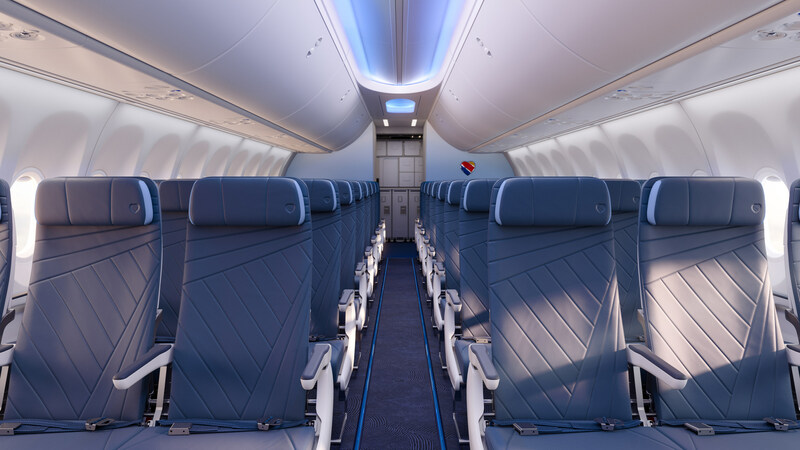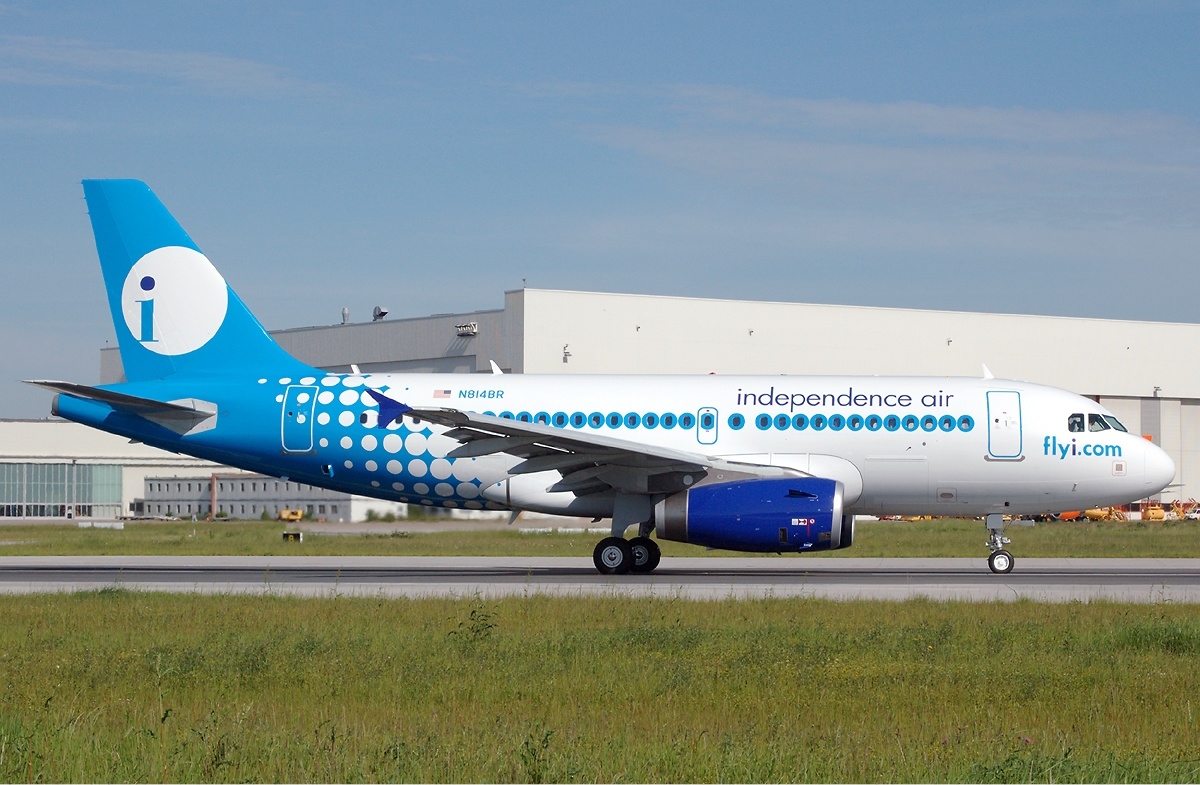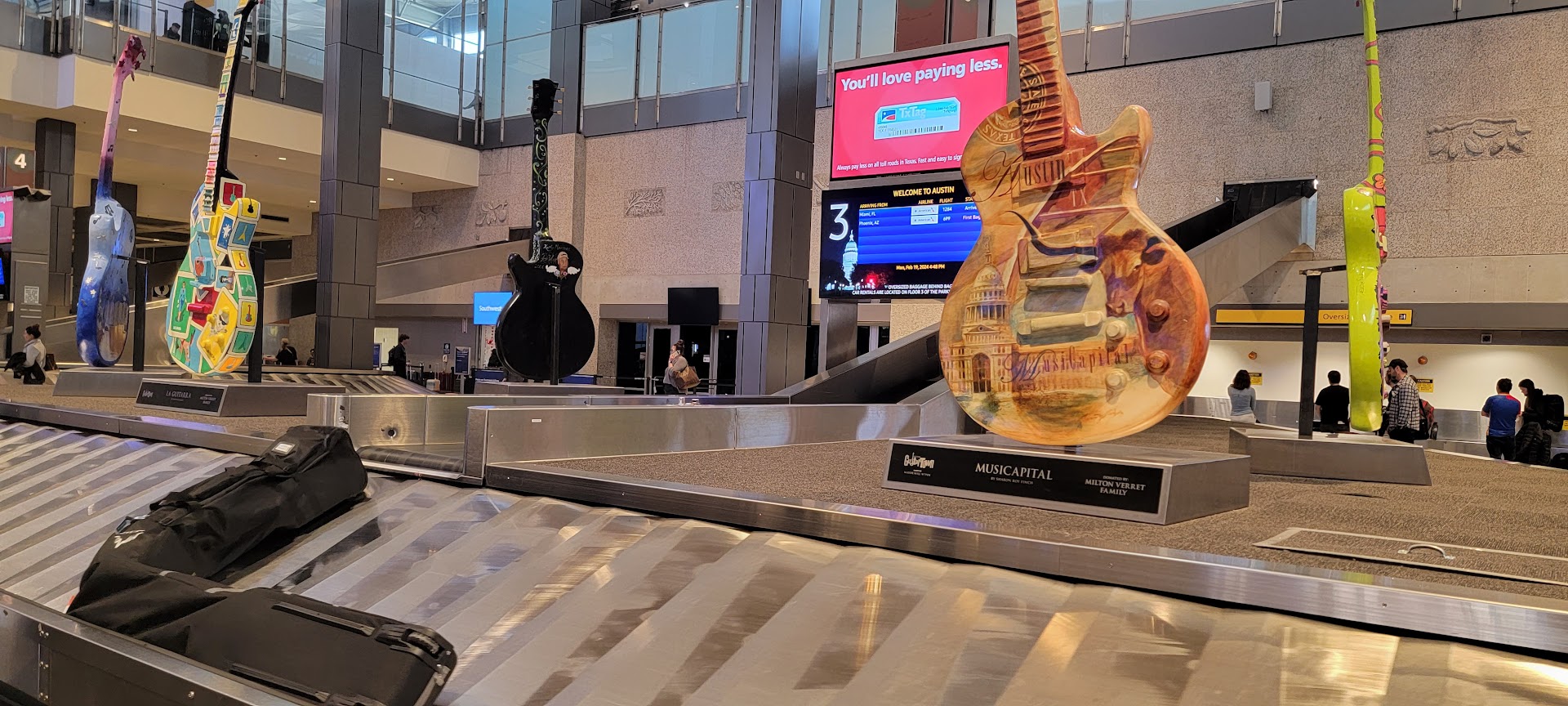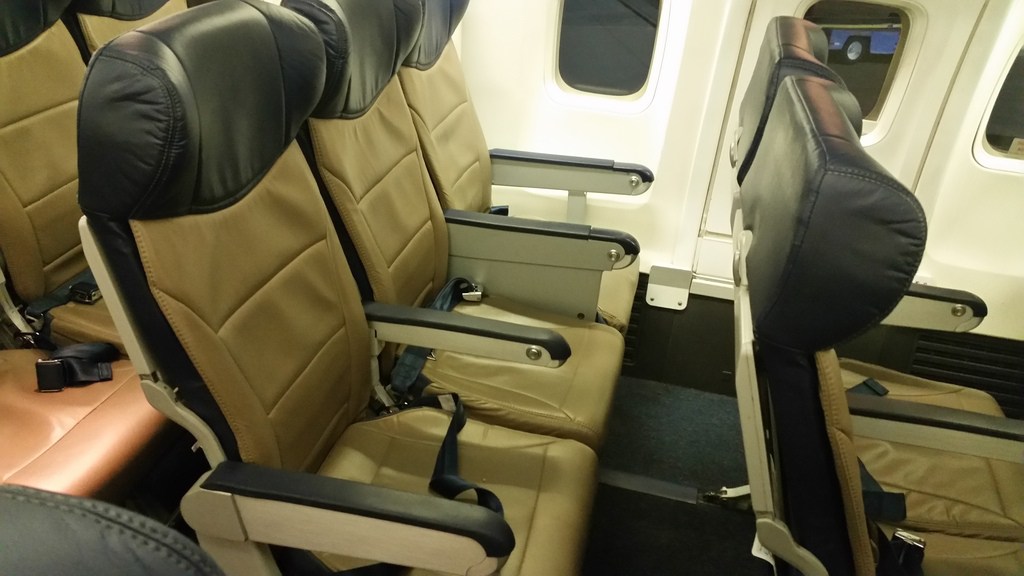The Real Reason – And Huge Risk – Behind Southwest Airlines Sharing Fares on Kayak and Google Flights
Southwest Airlines used to sue everyone who would show their schedules and fares to passengers. They wanted their website as the only source for this information.
Now they opened up to allow Google Flights to show their schedules and prices. And they’re now letting Kayak do this too. What’s behind the change?
- Obviously Southwest Airlines needs more customers. They haven’t been full, and their fares have been too low. That’s led to losses, and to an activist investor trying to oust management.
- But it’s much more than this. Southwest has real problems, and expected regulatory changes to make their trips look more attractive too.
Southwest Airlines on Google Flights
Apparently, as Enilria recalls, Southwest has a disagreement with Kayak in the past over showing its fares and they came to a détente.
Southwest had it out with Kayak years ago that resulted in an agreement to only show their schedules and not their fares. Southwest never sued Kayak or sent them a Cease and Desist request, but there was an understanding that Kayak was not allowed to scrape fares from Southwest. Southwest has, however, sued many other websites that monitor its prices.

Southwest Airlines fares are often more expensive than competitors, but they include two free checked bags. Online travel agency sites showing just schedule and price don’t do a good job making this comparison.
The federal government came out with new rules that were going to require everyone that shows schedules and prices to make comparisons including fees like seat fees and checked bag fees. That was going to make Southwest look much more competitive, and they wanted to have their fares displayed online side-by-side so customers could choose them.
However the U.S. Court of Appeals for the Fifth Circuit enjoined this Department of Transportation rule, suggesting that airlines challenging it had a high likelihood of success on the merits showing that the agency exceeded its authority, and that they would suffer irreparable harm if the rule went into effect while the challenge proceeded. Now Southwest fares don’t look so good on online travel agency sites.
Enilria points out that Southwest has a problem and desperately needs customers online to see their fares because in markets where Southwest isn’t a dominant player, customers don’t think to check their website.
Even in ATL they only get about an ~8% share of residents and are living mostly on the ~12% share of visitors to keep them breathing. In Houston IAH which they gave up on, they only had about a 4% share of big city folks, while they had a 6% share of visitors from the rest of their network. That’s staggering in a city where they should have loyalty from nearby Houston HOU where they hub. In a place like New York LGA it is even more jaw dropping with about a 4% share of Residents and about 10% share of visitors. They had to fix this or they would have hit a wall on capacity growth…and fare growth.
Southwest’s problem is similar to what Washington Dulles-based Independence Air experienced 20 years ago, launching with some brand awareness in the D.C. and Northern Virginia market market but nowhere else and not paying for distribution on other websites. They’d have 4 daily flights to both Charlestons but nobody in either city knew about them!

Credit: Frank Unterspann via Wikimedia Commons.
They had to send their planes somewhere, they had a huge operation as the rebranded Atlantic Coast Airlines (United wanted to cram down the fees they paid for the United Express carrier, so they made the foolhardy move of striking out on their own), and while they lasted their fares were dirt cheap for anyone who knew to look.
One day they loaded their own mistake fares after midnight, pulling them about an hour later, and then called the Washington Post themselves to say they’d be honoring the fares for the ~ 4 people who booked tickets (‘You never know what kind of great deal you’ll find at FlyI.com!’). But nobody in their destination cities knew about them – all their bookings were coming from the D.C. market alone.
But if they’re on comparison sites, don’t their prices need to be competitive? Don’t they need to have the lowest prices, and probably therefore basic economy? With assigned seats it becomes easier not to offer assignment until closer to departure. Fares might be non-changeable. And they might include just a single checked bag rather than two (so Southwest can still advertise that ‘bags fly free’ which is a key competitive differentiator).

Of course discussions with Kayak about showing their prices would have been underway on the assumption that the DOT rule requiring all schedule displays to include prices with fees would be going into effect. Displaying fares everywhere makes sense when it’s more apples-to-apples, which Southwest expected to happen. Now the future of that rule is in question, and it throws a monkey wrench into Southwest’s revised distribution strategy to win customers out of airports where they’re smaller.

